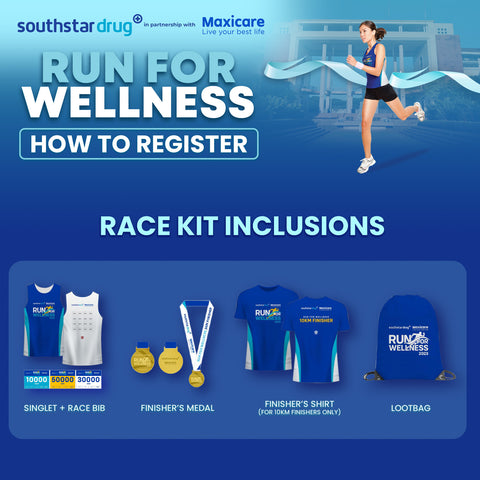Everything You Need To Know About Pertussis

Pertussis, colloquially known as Whooping Cough, silently prowls the corners of the Philippines, instilling fear in families across the nation. Understanding its symptoms, preventive measures, and treatment options is essential to safeguard our loved ones against this health threat.
Symptoms of Pertussis:
Pertussis often starts innocuously, resembling a common cold. However, it swiftly reveals its true nature with a barrage of symptoms including:
- Persistent Coughing Fits: The hallmark symptom of Pertussis, characterized by prolonged bouts of coughing that can persist for weeks, sometimes leading to vomiting or exhaustion.
- "Whooping" Sound: During coughing fits, individuals may emit a distinctive "whooping" sound while gasping for air, which gives the disease its colloquial name.
- Fever: Mild to moderate fever may accompany the coughing spells, often mistaken for flu symptoms.
- Fatigue: Exhaustion and lethargy are common due to the strain of frequent coughing, impacting daily activities and quality of life.
Prevention is Paramount:
In the face of Pertussis, prevention takes precedence. Shield yourself and your loved ones with these preventive measures:
- Vaccination: Ensure timely administration of the DTaP vaccine for infants and young children, offering protection against Diphtheria, Tetanus, and Pertussis. Adults should receive a Tdap booster to maintain immunity.
- Hygiene Practices: Promote good hygiene habits such as frequent handwashing with soap and water, using alcohol-based hand sanitizers, and covering mouth and nose while coughing or sneezing to minimize bacterial spread.
- Avoiding Close Contact: Minimize close contact with individuals displaying symptoms of respiratory illness to reduce the risk of transmission, especially in crowded spaces or gatherings.
Treatment Arsenal:
When Pertussis strikes, prompt action is imperative. Treatment typically involves a multi-faceted approach:
- Antibiotics: Healthcare professionals often prescribe antibiotics such as azithromycin or clarithromycin to combat the bacterial infection and reduce the duration and severity of symptoms. Early administration is crucial to prevent complications and limit spread.
- Cough Relievers: Cough suppressants and expectorants may provide temporary relief from the relentless coughing fits, easing discomfort and promoting restful sleep. However, use caution, especially in children, and consult a healthcare professional before administering any medication.
A Whisper of Fear:
Though Pertussis may initially seem benign, its repercussions can be devastating, particularly for vulnerable populations such as infants, pregnant women, and the elderly. Complications may include pneumonia, dehydration, seizures, and even death, underscoring the urgency of preventive measures and prompt medical intervention.
Consulting with a Doctor:
In the battle against Pertussis, your healthcare provider is your greatest ally. Seek medical attention promptly if you suspect Pertussis or experience symptoms such as severe coughing fits, difficulty breathing, or cyanosis (bluish skin discoloration). A healthcare professional can provide accurate diagnosis, tailored treatment plans, and vigilant monitoring for complications, ensuring optimal recovery and reducing the risk of transmission within the community.
In conclusion, Pertussis casts a long shadow over the Philippines, but armed with knowledge, vigilance, and proactive healthcare measures, we can conquer this silent scourge. Let us unite in the fight against Pertussis, fortifying our defenses and protecting the health and well-being of our nation for generations to come.
Sources:
Centers for Disease Control and Prevention (CDC) - Pertussis (Whooping Cough): Signs and Symptoms. Available at: https://www.cdc.gov/pertussis/about/signs-symptoms.html
World Health Organization (WHO) - Pertussis (Whooping Cough). Available at: https://www.who.int/news-room/fact-sheets/detail/pertussis
Mayo Clinic - Pertussis (Whooping Cough). Available at: https://www.mayoclinic.org/diseases-conditions/whooping-cough/symptoms-causes/syc-20378973















